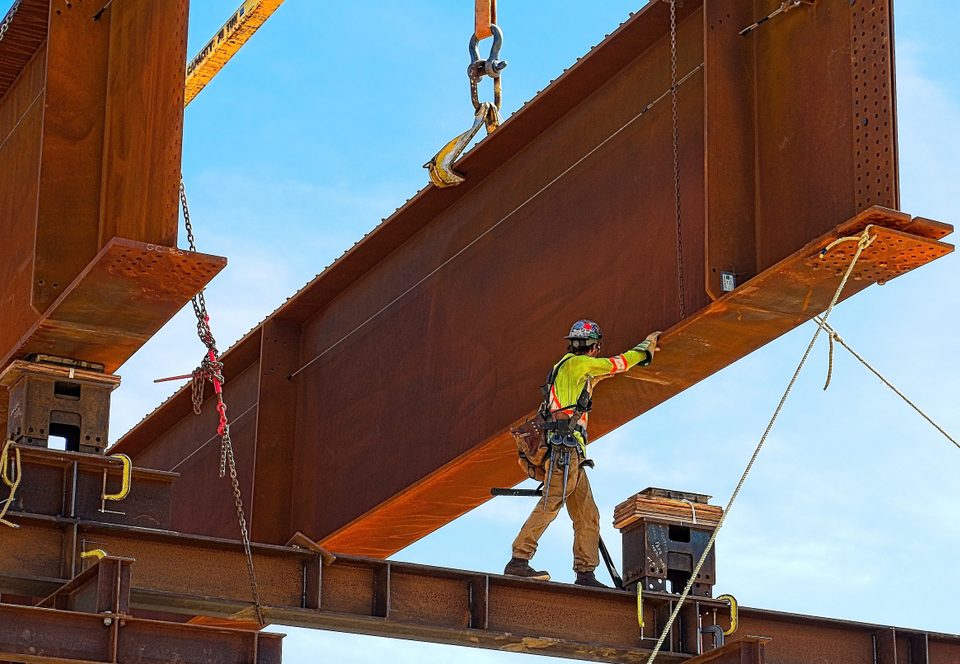Value of Magnets and Welding Clamps in Metal Welding, Part 1

Types of Steel and Other Metal Types Used in Piping
February 28, 2020
Value of Magnets and Welding Clamps in Metal Welding, Part 2
March 13, 2020For many in the metal and steel world, welding is a vital need that must be strongly considered when products are being ordered. This important process requires expertise and proper safety practices, plus often calls for specific tools or equipment to aid in the effort.
At Wasatch Steel, we’re happy to go over some welding-related details of any of our steel products, for which we also offer numerous steel services like shearing, punching, bending and sawing. When it comes to equipment and tools, two closely related items often used in welding are known as welding clamps and welding magnets (also called magnetic grounds) – this two-part blog series will go over what these are and the value they hold, plus some of the types of clamps or grounds available if you’re organizing a welding project.
Welding Clamp and Magnet Basics
There are several metal and steel processes where you simply won’t have enough hands to manage everything yourself, and welding is often a great example. Many ideal welds simply cannot be achieved without support from various angles, many of which we simply can’t achieve with the required strength levels on our own – and this is where welding clamps and magnets come into play.
Clamps are great for holding a given piece of steel sheet or tube from a variety of potential angles, which allows for the creation of inside and outside corners during welding. Magnets, on the other hand, are great for initiating a tack weld or for soldering together thin pieces of sheet metal. Magnets also do a great job holding pipes in place for soldering, and they’re commonly used in various kinds of fabrication prep.
Our next few sections will dig into direct benefits associated with welding clamps and magnets.
Increased Productivity
The single most notable benefit of welding clamps and magnets is the way they help increase the productivity of your weld. They remove the need for manual twisting of screw-type clamps or other clunky formats, allowing this to be replaced with a simple process of attaching a magnet onto the surface.
Convenience and Simplicity
This is particularly valuable when welding toward the center of various pieces of steel, a process that become far simpler with the proper clamps. In fact, there are certain metal and steel welding processes that simply are not possible without such clamps.
Cost Decreases
In addition, magnetic clamps in welding are a fantastic way to decrease overall costs. They often replace complex fixtures that might need to be added for certain processes, plus limit labor costs in significant ways by eliminating the need for certain human holders in many situations.
In part two of this series, we’ll dig into some of the types of magnetic and other clamps available today, plus which might be right for your weld. To learn more about this or any of our steel products, speak to the staff at Wasatch Steel today.



